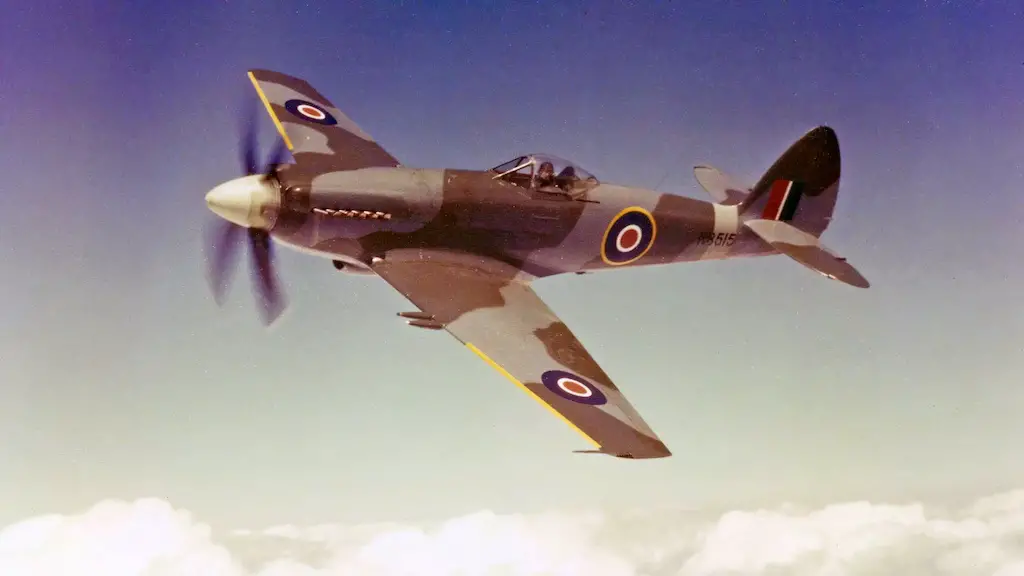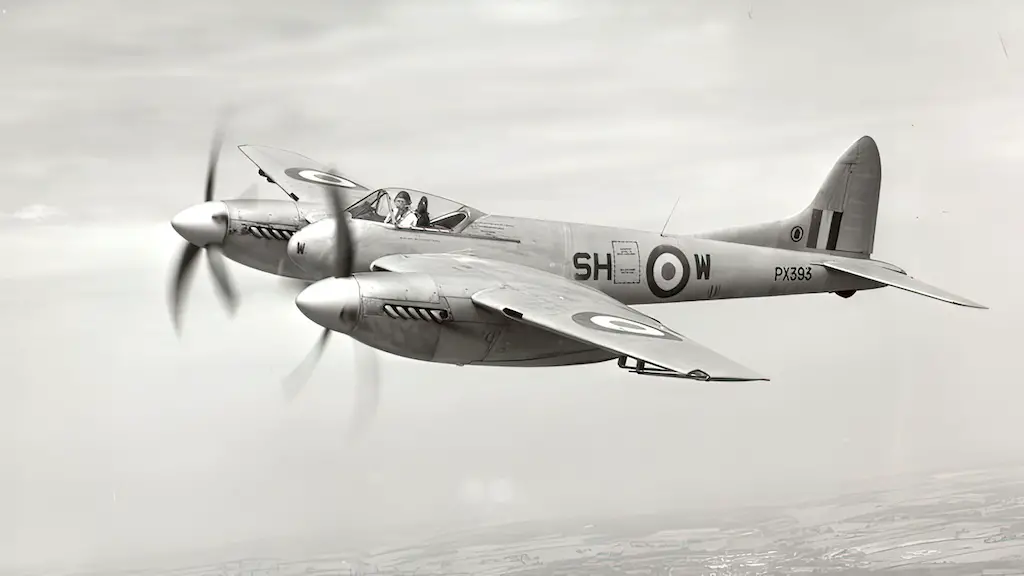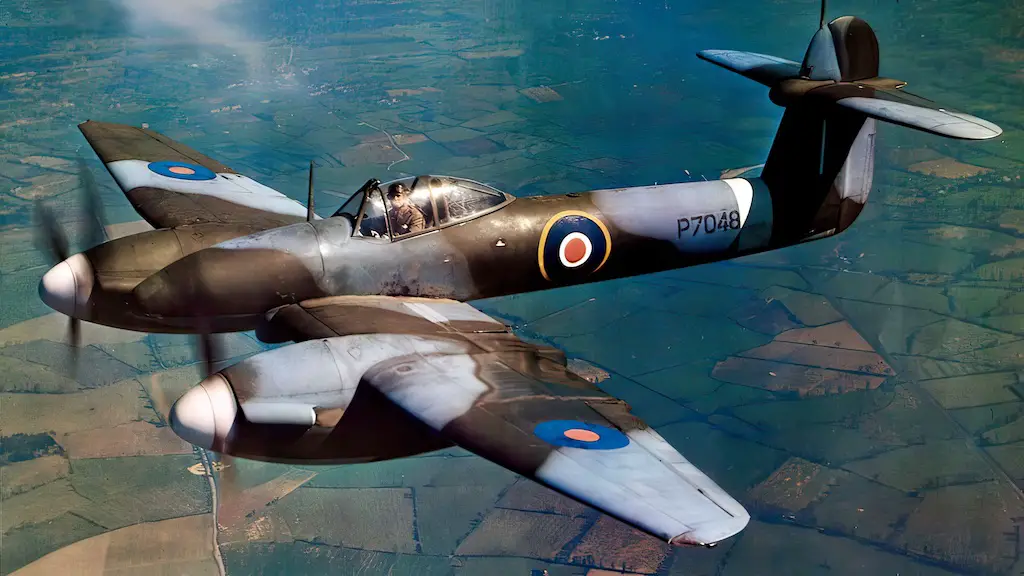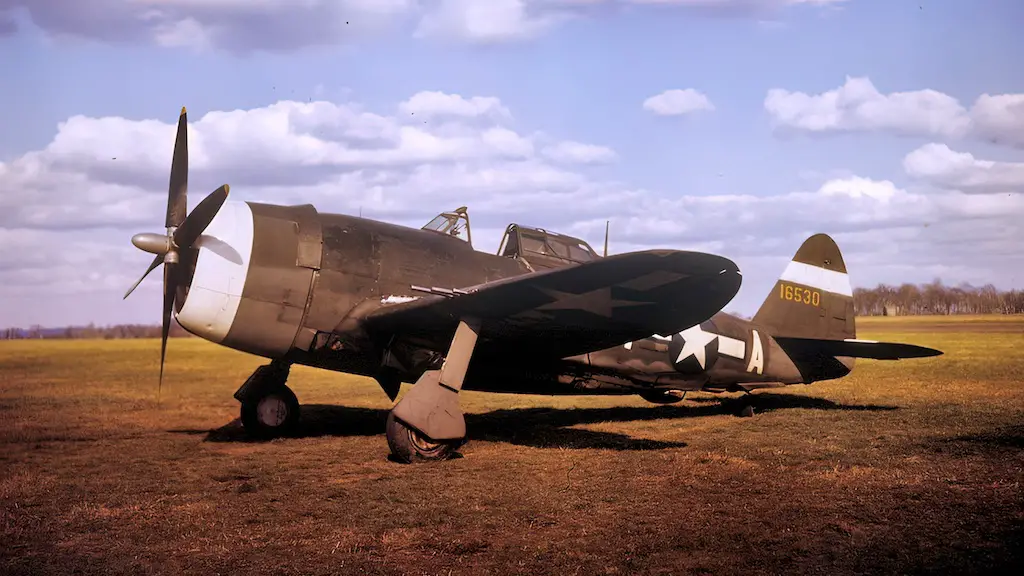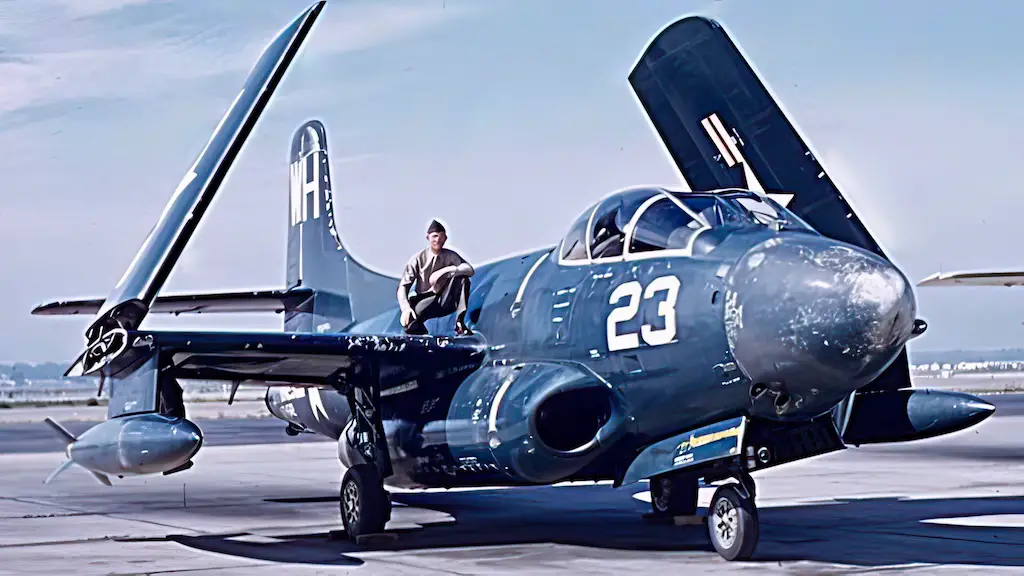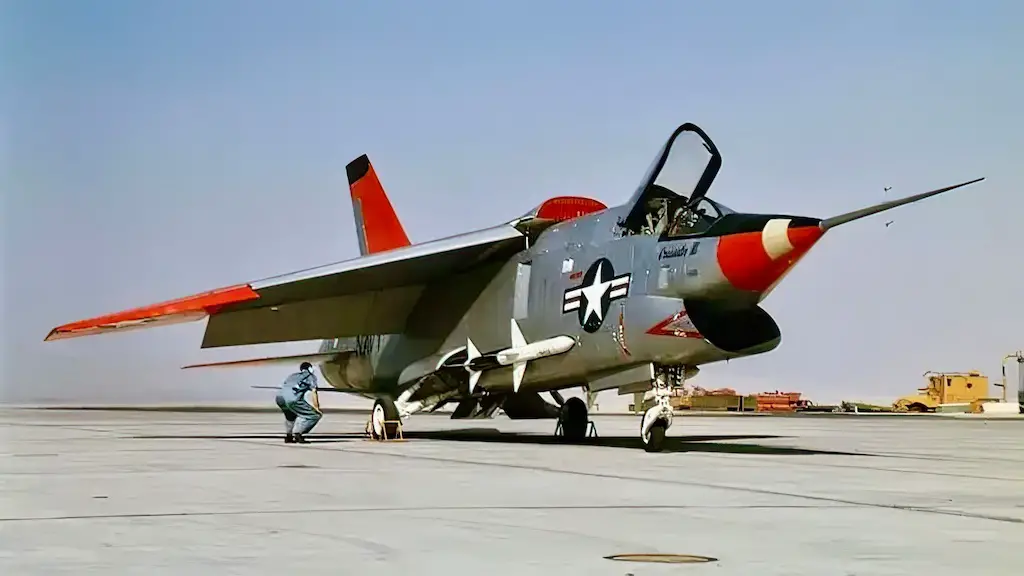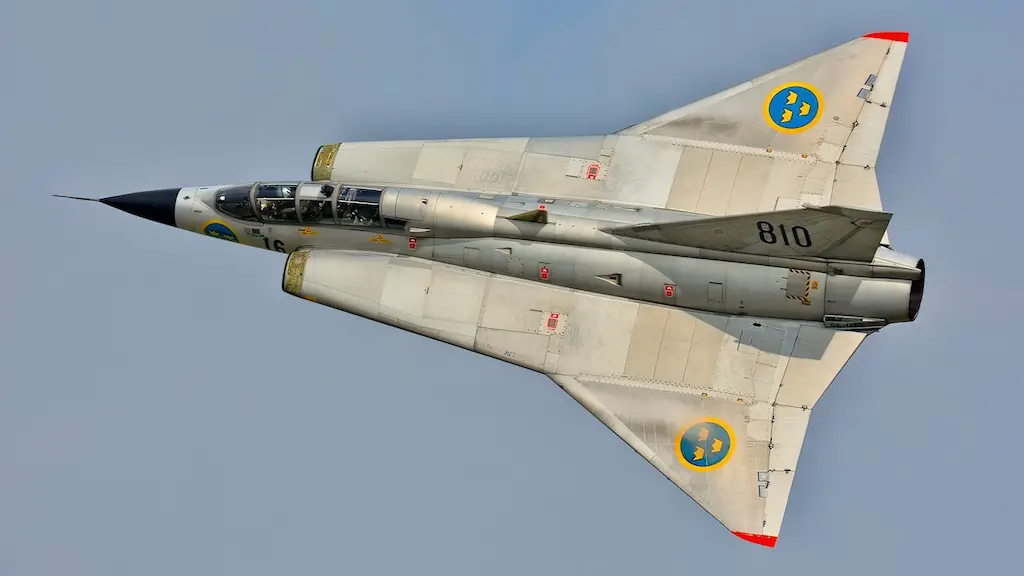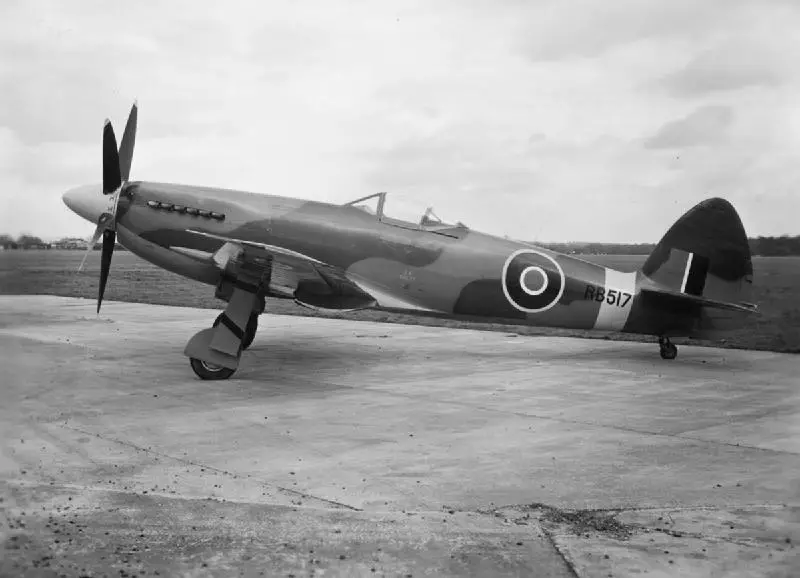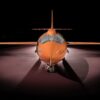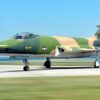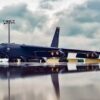Heralding from Britain and powered by the robust Rolls-Royce Griffon, the Supermarine Spiteful was the “Spitfire on steroids.” Designed during WWII’s latter stages, it boasted advanced features aiming to surpass its iconic predecessor. However, as the jet age dawned, the Spiteful’s promise was overshadowed, leaving it as a remarkable footnote in aviation history.
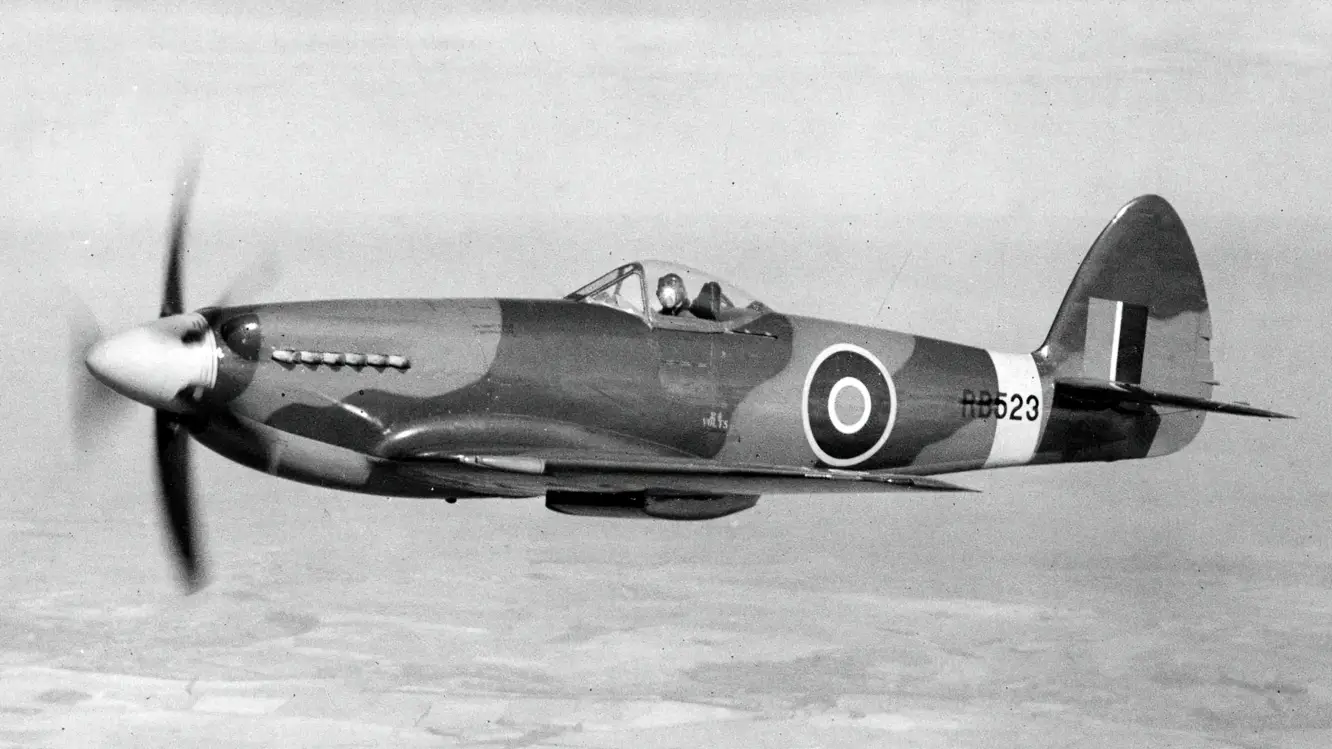
The Spiteful’s Inception
The Supermarine Spiteful emerged as Britain’s answer to evolving aerial combat challenges. By 1942, it became evident that the beloved Spitfire, while a formidable machine, had performance constraints, particularly at higher speeds. Engineers at Supermarine sought to surpass these limitations. Joseph Smith, along with his talented design team, dove deep into aerodynamic studies. They envisioned a wing that could handle greater speeds and deliver unmatched roll rates. This mission birthed the Spiteful’s revolutionary laminar flow wing, a straight-tapered design aimed at achieving a precise contour for optimized high-speed performance.
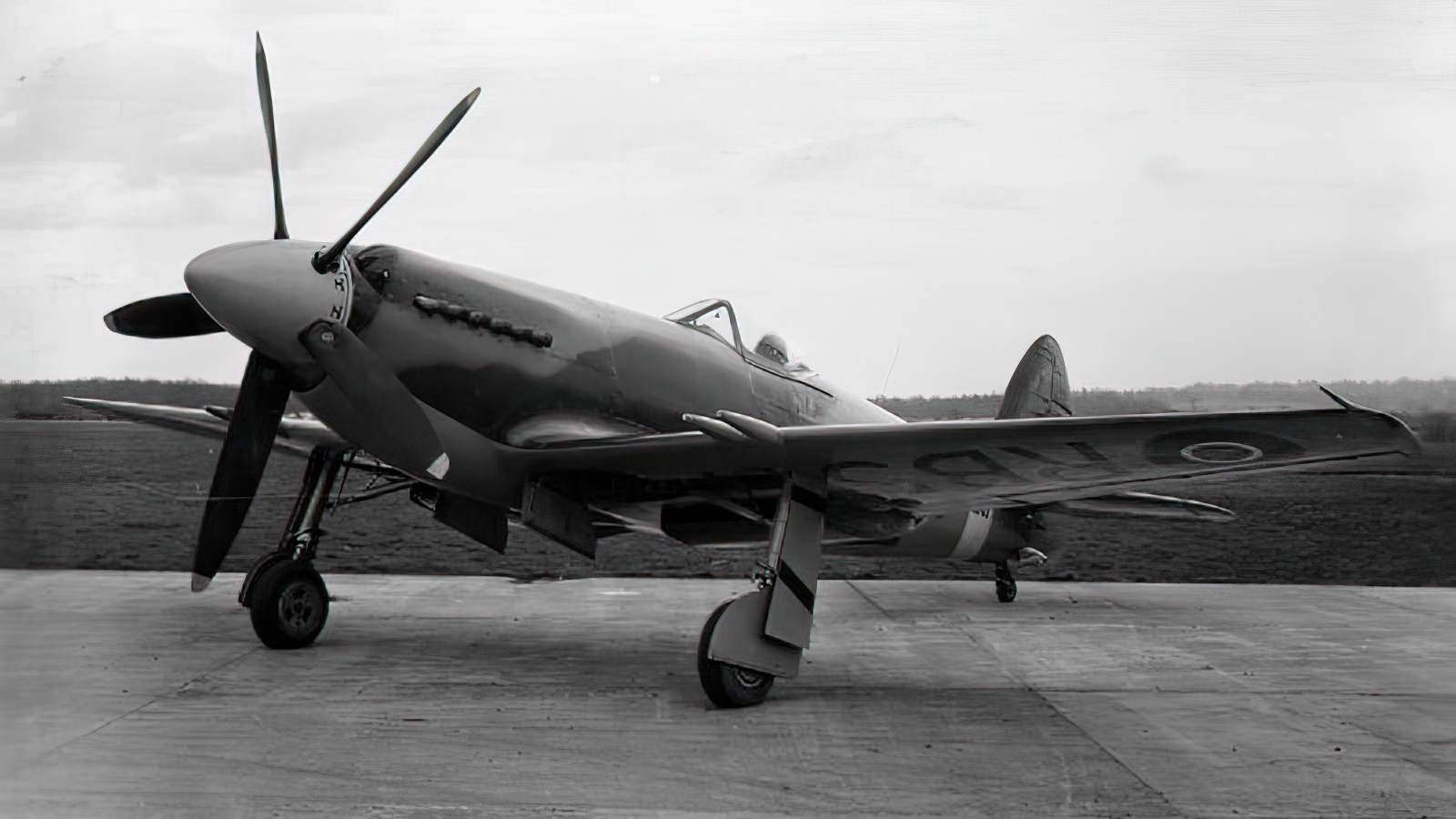
The Griffon Engine
The Rolls-Royce Griffon engine was the heart and soul of the Spiteful. A mammoth powerhouse, this engine was a significant step-up from its predecessors. Delivering a staggering 2,375 hp (1,771 kW) in the Spiteful F Mk 14 variant, it showcased raw power and precision. To further harness this power, Supermarine employed contra-rotating propellers, an innovative move that minimized torque effects. This engine was not just about brute force; it represented a blend of cutting-edge engineering and a relentless pursuit of aerial dominance.
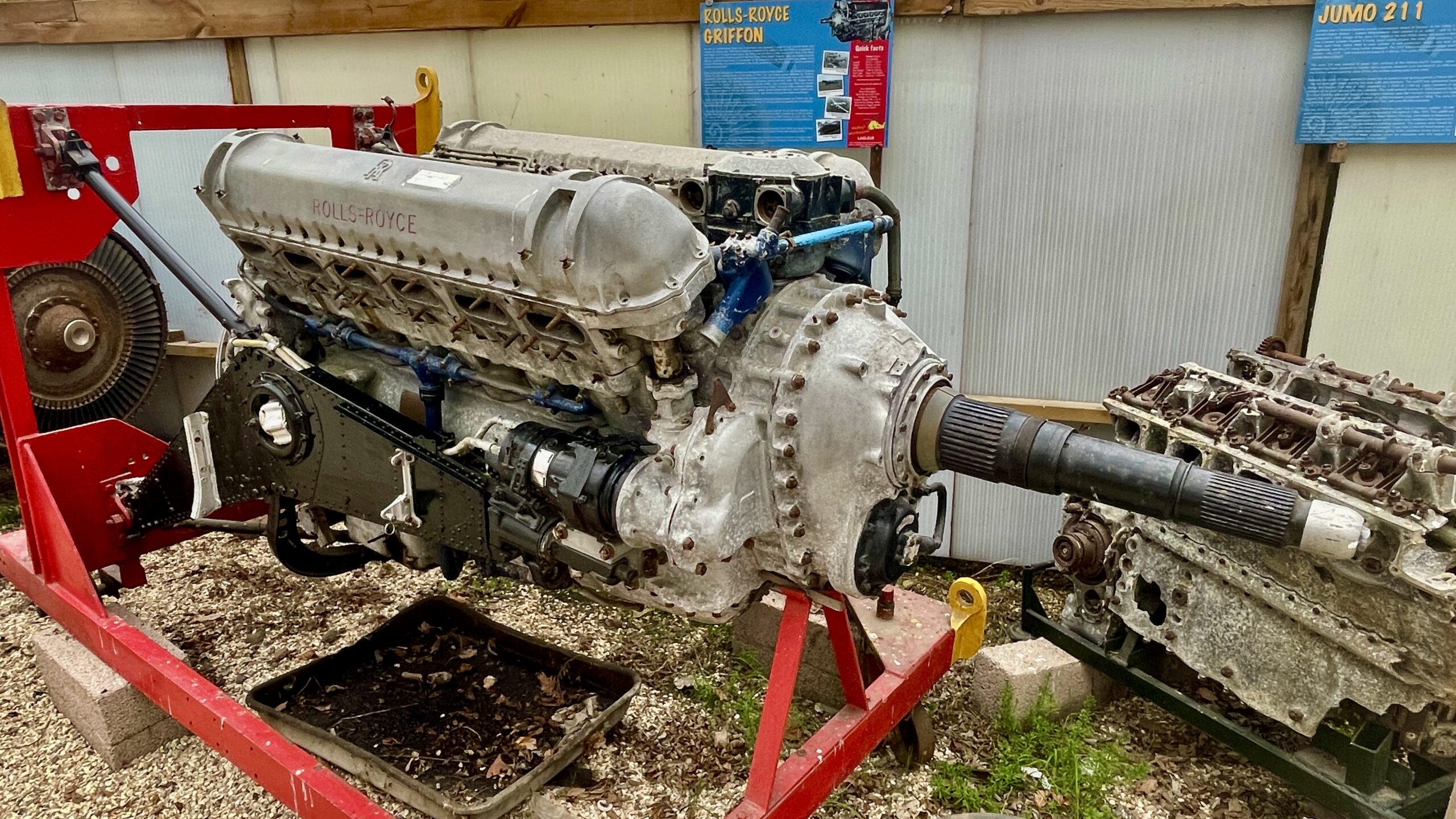
Performance and Flight Dynamics
In flight, the Spiteful was a testament to Supermarine’s engineering prowess. With a top speed of 483 mph for the F Mk 14 model, it outpaced many of its contemporaries. However, it wasn’t all smooth sailing. The new wing design, while increasing speed, introduced some unfavorable stalling characteristics. Despite these challenges, the Spiteful’s speed and agility held promise. Its nimble nature, combined with enhanced ground-handling due to its wider-track, inward-retracting undercarriage, set it apart from many fighters of the era.
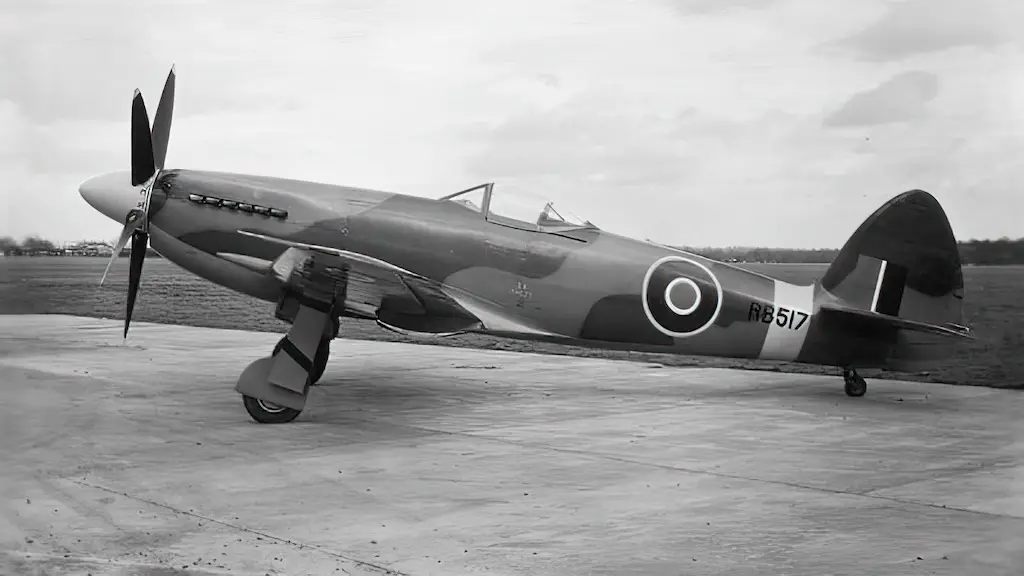
Overshadowed by Progress
As the Spiteful prepared to stake its claim in the skies, the world was on the cusp of an aviation revolution: the jet age. The dawn of jet propulsion marked a significant shift in aerial warfare strategy. High-performance fighters of the future were undoubtedly jet-powered. While the Spiteful was technologically advanced for its time, it couldn’t compete with the rapidly evolving jet aircraft. Despite its superior attributes, orders for the Spiteful dwindled, with only a few seeing completion.
Jet Propulsion Meets the Spiteful
In the early 1940s, as the propeller-driven era was on the wane, Supermarine’s visionary chief designer, Joe Smith, saw an opportunity to merge the advanced wing design of the Spiteful with the raw power of jet propulsion. He advocated for the incorporation of a promising new engine by Rolls-Royce, which would later be christened the Nene. With the blueprint in place and the Air Ministry’s backing via the specification E.10/44, the Jet Spiteful was conceived. Making its inaugural flight on 27 July 1946, the prototype TS409 marked the fusion of legacy and innovation.
Despite its groundbreaking design, the Jet Spiteful failed to capture the RAF’s procurement interest, as its capabilities were seen as mirroring those of contemporaries like the Gloster Meteor and de Havilland Vampire. However, it caught the discerning eye of the Admiralty, envisioning it as a naval jet fighter. This led to the specification E.1/45 and the eventual christening of the aircraft as the “Supermarine Attacker.” Although its tenure was brief, it served with distinction in the Fleet Air Arm and even soared under the colors of the Pakistan Air Force.
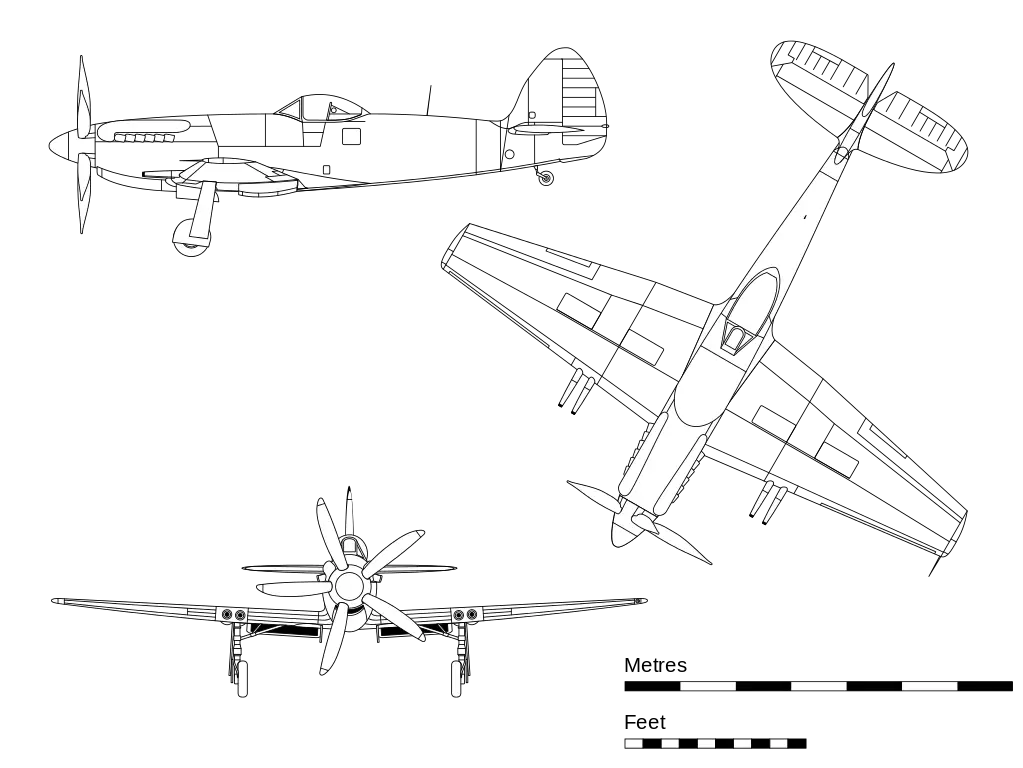
The Spiteful’s Legacy
The Supermarine Spiteful, despite its limited production run, left an indelible mark in aviation history. As a precursor to the naval variant, the Seafang, it showcased adaptability and potential versatility. Although discussions arose about France possibly producing the Spiteful under license, the rise of jet fighters overshadowed this prospect. Today, the Spiteful stands as a symbol of innovation during a transitional phase in aviation—a machine born of necessity, designed for supremacy, but ultimately overtaken by the relentless march of technology.

